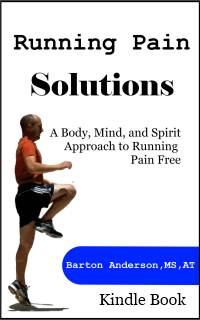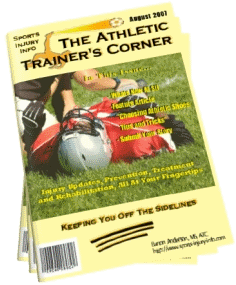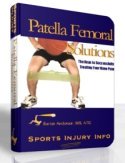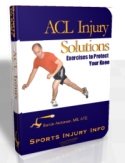Ankle Ligaments
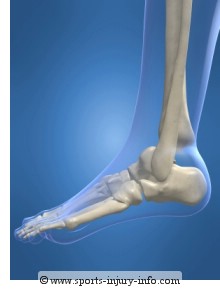
The ankle ligaments are very commonly injured with sports participation. Ankle sprains make up the vast majority of sports injuries. From minor sprains to major instability, the ankle can be a problematic joint.
Understanding ankle anatomy, and specifically the ligaments will help you decipher that annoying ankle sprain, and figure out what exactly you have injured.
Lateral Ankle Ligaments
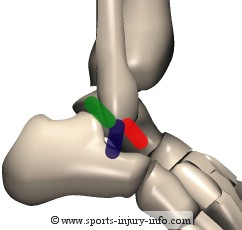
The lateral ankle
is comprised of three different ligaments. In the picture on
the
right, the
Anterior Talo-fibular Ligament
is shown in red. This is the most
commonly injured ligament. It runs between the talus and the fibula.
The Calcaneal
Fibular Ligament
is shown in blue. It runs between the
fibula and the calcaneus.
The Posterior
Talo-fibular Ligament is shown in green and runs between
the fibula and the posterior talus.
Medial Ankle Ligaments
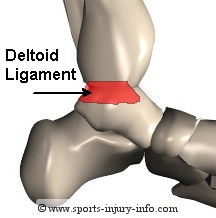
The medial side of the ankle is
comprised of one large ligament that spans the entire end of the tibia.
This ligament runs between the tibia and the navicular and calcaneus.
This
ligament has several areas of thickening, or bands, but is considered
one ligament.
It is not commonly injured with
ankle sprains, as the vast majority of sprains occur by rolling over
the outside of the ankle.
The "High Ankle Sprain"
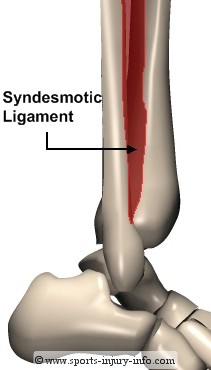
You may have heard of the
dreaded "high ankle sprain". This type of injury involves the
sydesmotic ligament, which runs between the tibia and the fibula above
the ankle joint.
This ligament is sprained when the
fibula and the tibia are seperated or pushed apart. It can occur with
forced dorsiflexion of the ankle, or with with a very forceful landing.
The
majority of ankle sprains do not involve this ligament, however, those
that do can take an extra long time to heal because of the stress
placed
on this ligament during weight bearing activities.
Summary
Ankle sprains involve injury to the ligaments of the ankle. The most commonly injured ligament is the Anterior Talo-Fibular ligament on the outside of the ankle. The larger, stronger medial deltoid ligament is less often injured.
Didn't find what you were looking for? Search SII for more information...Running Pain Solutions
Written for Runners by a runner, you'll learn a holistic approach to improving mobility, restoring normal movement and muscle activation patterns, and restoring the body and mind connection.
This Kindle Book contains a step by step program to keep you running pain free. Included are detailed instructions and illustrations for exercises to improve mobility, balance, neuromuscular control, strength and endurance. Only $7.49!
Get Your Copy Today!
